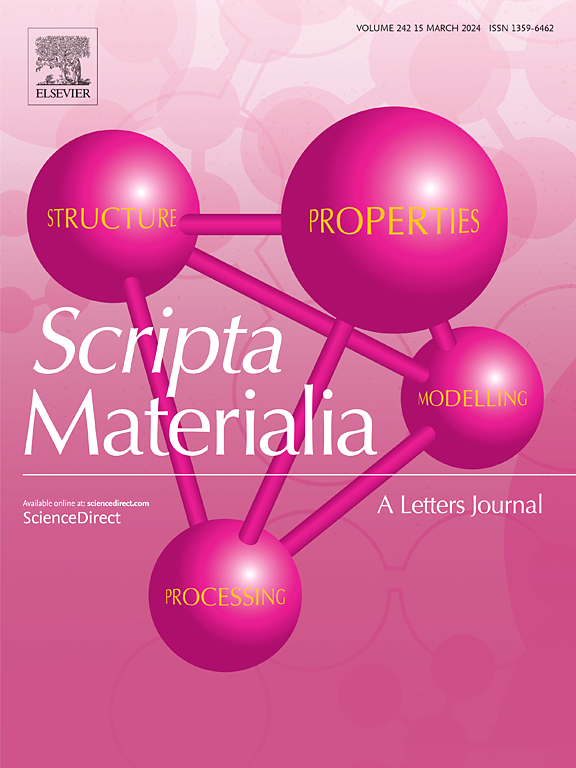Insights from the reciprocal space revealed by a convolutional neural network and transfer learning
IF 5.3
2区 材料科学
Q2 MATERIALS SCIENCE, MULTIDISCIPLINARY
引用次数: 0
Abstract
Convolutional Neural Networks (CNNs) have achieved significant success due to the integrated feature engineering within their architecture, but they are often perceived as black boxes. In this letter, we provide a perspective of the transformation process of powder diffraction patterns by a Convolutional Neural Network (CNNs), particularly in the context of estimating lattice parameters from powder diffraction patterns of organic materials. We propose that the convolutional layers resample the data points to segment the diffraction pattern in a set of components defined by the feature maps. We identified that the first convolutional layers were focused on the high-angle regions to remove dissimilarities among diffraction patterns with the expanded segments. In contrast, the final features were more influence by the low-angle regions. We show that the engineered features produced by the convolutional layers are sufficient for effective transfer the learning to inorganic materials, with accuracy enhanced by incorporating crystal system codification.

由卷积神经网络和迁移学习揭示的互反空间的洞见
卷积神经网络(cnn)由于在其架构中集成了特征工程而取得了显著的成功,但它们通常被认为是黑盒子。在这封信中,我们提供了卷积神经网络(cnn)的粉末衍射模式的转换过程的视角,特别是在从有机材料的粉末衍射模式估计晶格参数的背景下。我们建议卷积层对数据点进行重新采样,以在特征映射定义的一组组件中分割衍射图案。我们发现,第一层卷积层集中在高角度区域,以消除衍射图案与扩展段之间的差异。相比之下,低角度区域对最终特征的影响更大。我们表明,由卷积层产生的工程特征足以有效地将学习转移到无机材料上,并通过结合晶体系统编码提高了准确性。
本文章由计算机程序翻译,如有差异,请以英文原文为准。
求助全文
约1分钟内获得全文
求助全文
来源期刊

Scripta Materialia
工程技术-材料科学:综合
CiteScore
11.40
自引率
5.00%
发文量
581
审稿时长
34 days
期刊介绍:
Scripta Materialia is a LETTERS journal of Acta Materialia, providing a forum for the rapid publication of short communications on the relationship between the structure and the properties of inorganic materials. The emphasis is on originality rather than incremental research. Short reports on the development of materials with novel or substantially improved properties are also welcomed. Emphasis is on either the functional or mechanical behavior of metals, ceramics and semiconductors at all length scales.
 求助内容:
求助内容: 应助结果提醒方式:
应助结果提醒方式:


